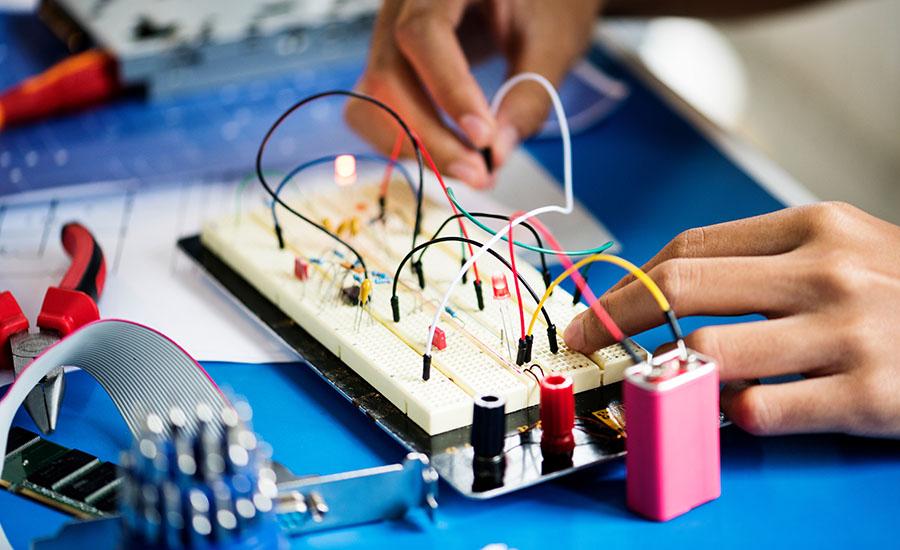
Deriving Ohm’s Law (Revised)
by Robert Woodruff
In this lesson, students use a pHet simulation to derive Ohm's law. Students will be able to describe Ohm’s law with a formula and through written expression.
Lesson Plan Link/URL
https://docs.google.com/presentation/d/1NtDeaaGt9S5hbfNfB4MiaiOCtXPakbum/edit?u…Subject Area
Science Physical Science P4: Energy Transfer Engineering S4: Apply Science to Engineering
Featured
Off
Related Content

Grades:
6th Grade
Does light have energy? In this lesson, students will engage in a practical experiment to witness how light can induce changes such as heating, altering colors, and setting objects in motion. As

Grades:
6th Grade, 7th Grade, 8th Grade
In this project, 8th-grade students will engage in hands-on exploration of elastic potential energy and its conversion to kinetic energy using small catapults. Through experimentation and data

Grades:
9th Grade, 10th Grade, 11th Grade, 12th Grade
This lesson allows robotics students to redesign a working floor vacuum and design it to fit the needs of a robotics lab - it should be able to pick up heavier and larger objects or loose parts off